Editor’s Key Takeaways: Choosing the Best Light for Stunning Photos
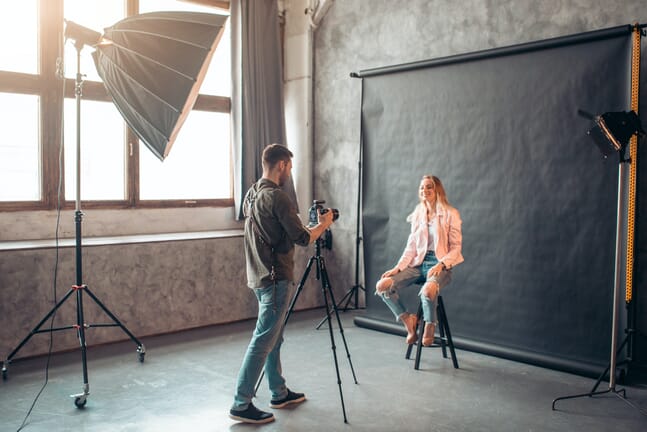
This blog post addresses the debate between natural vs artificial light for photography, providing insights on which option may suit your needs for creating pro-level photos.
- What Is Natural Light? – Any light originating from natural, non-technological sources like the sun or moon.
- What Is Artificial Light? – Any light from human-made sources such as lightbulbs, neon signs, streetlamps, and photographer-controlled sources like strobes and continuous lighting setups.
- Key Benefits of Natural Light: – Provides a soft, flattering effect, is free and readily available, and contributes to an authentic look.
- Key Problems of Natural Light: – Can be unpredictable and difficult to control, varies with weather and time of day.
- Key Benefits of Artificial Light: – Offers consistency and control, allows shooting at any time or location, and can create dramatic effects.
- Key Problems of Artificial Light: – Can be expensive, complex to set up, and may require technical knowledge to get the best results.
- Conclusion: – Both types of light have unique advantages and disadvantages; the choice depends on the photographer’s specific needs and style goals.
Introduction
Do you want to know whether natural vs artificial light is right for you?
Are you trying to decide which option will get you beautiful, pro-level photos?
You’ve come to the right place!
Because in this article, you’re going to discover everything you need to know about natural vs artificial light–so you can decide which is best and, ultimately, which one makes sense for your photography.
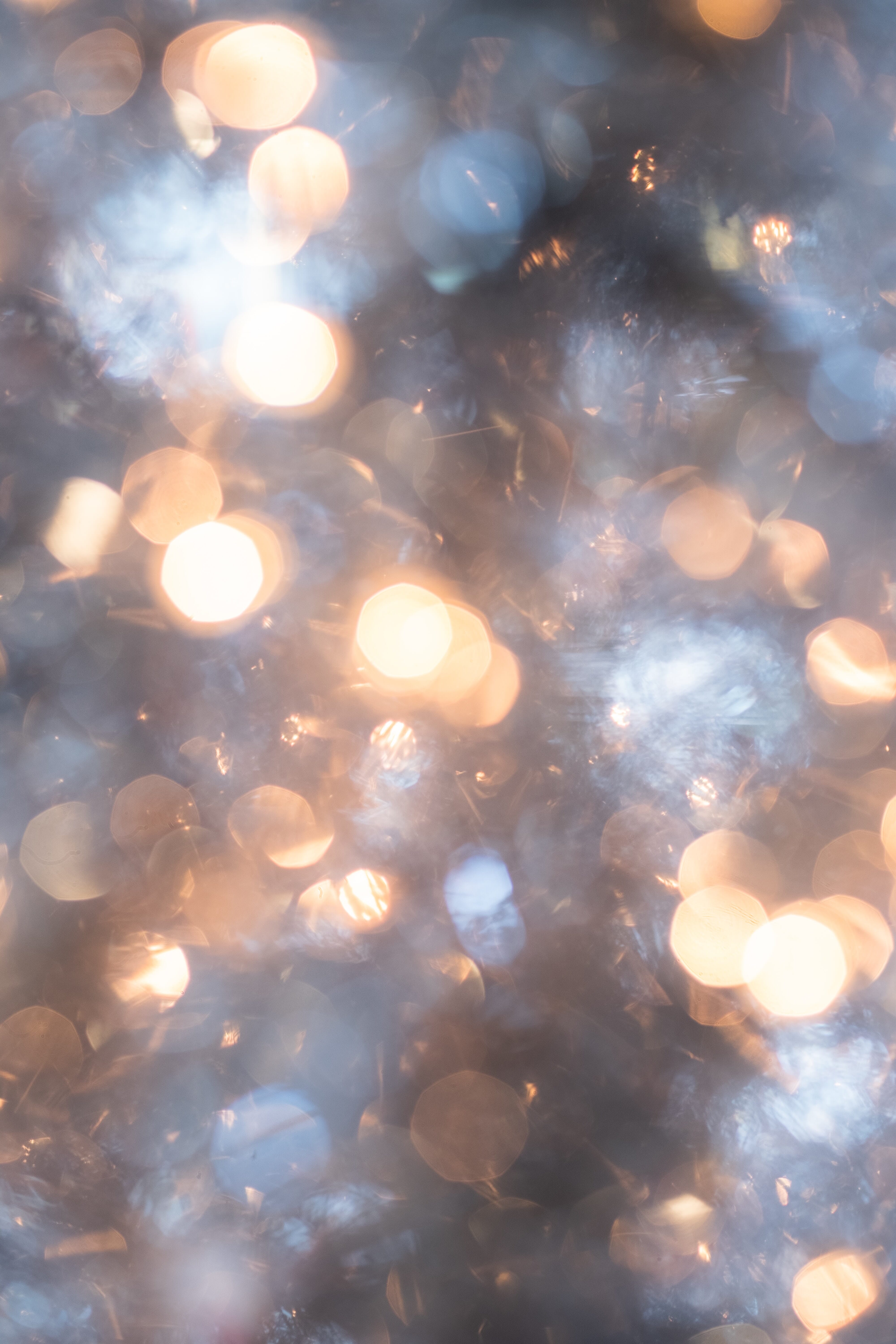
Let’s dive right in.
Natural Vs Artificial Light:
What Is Natural Light?
First things first:
What actually counts as natural light?
Natural light refers to any light that comes from natural, non-technological sources.
So any light that comes from the sun is natural, which means that any daylight, no matter how strong or weak, qualifies as natural light.
If you shoot street photos in the harsh midday sunlight, you’re using natural light.
If you shoot landscape photos at sunrise and sunset, you’re using natural light.
Note that natural light also includes moonlight, which means that photos shot at night, without any aid from artificial light sources, count as “naturally lit.”
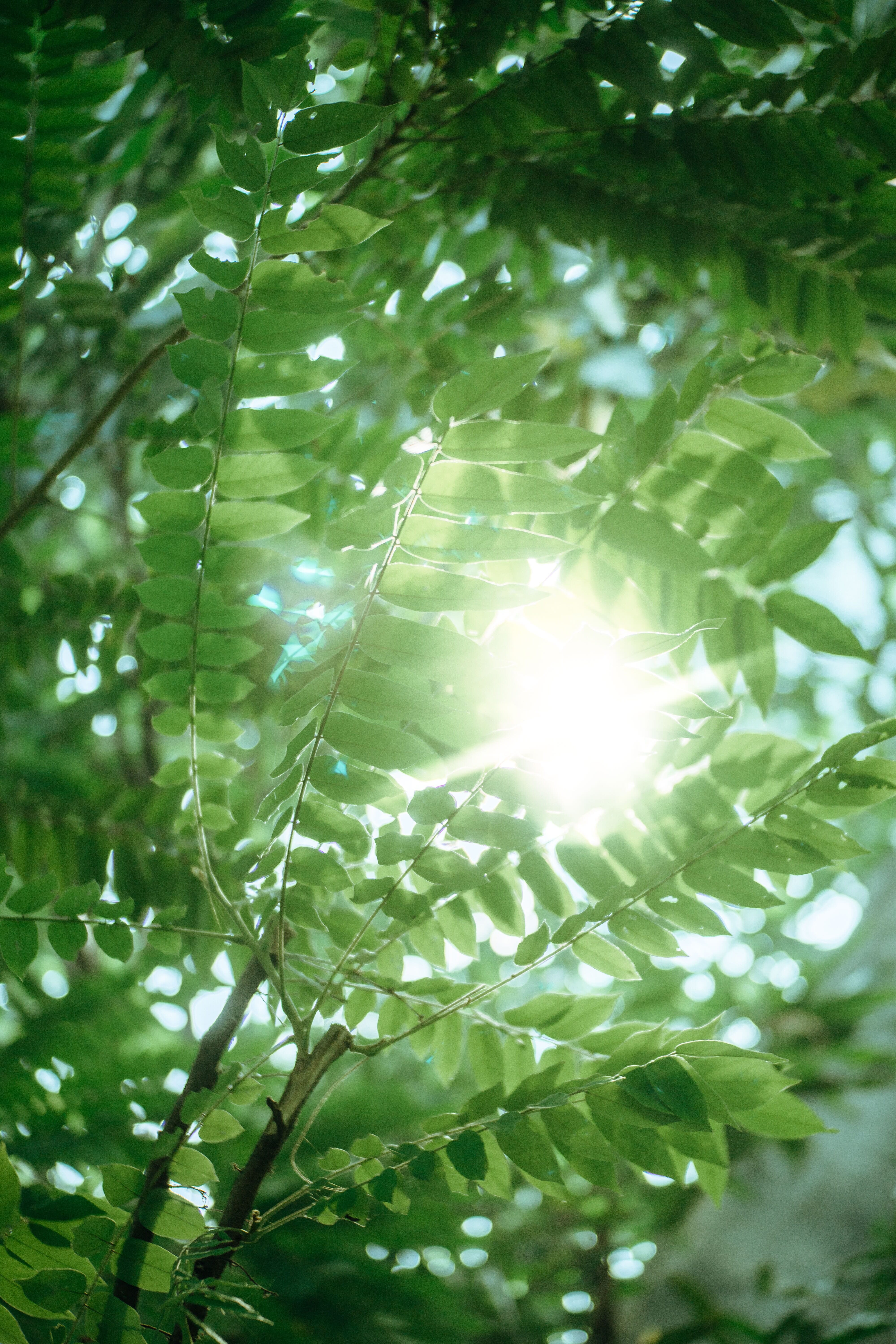
What Is Artificial Light?
Artificial light refers to any light that comes from human-made light sources.
One common form of artificial light used by photographers is standard indoor lighting, which comes directly from lighbulbs on ceilings and walls. You can also find artificial lighting if you walk in a city at night; there are neon signs, streetlamps, and more.
But photographers who want to manipulate artificial light will use strobes or continuous lighting setups. Here, the source of artificial light is provided by the photographer, and often overpowers all other light in the scene (especially if the photography is done indoors).
Note that this category of artificial lights includes on- and off-camera flashes, as well as more elaborate strobe or continuous lighting sets.
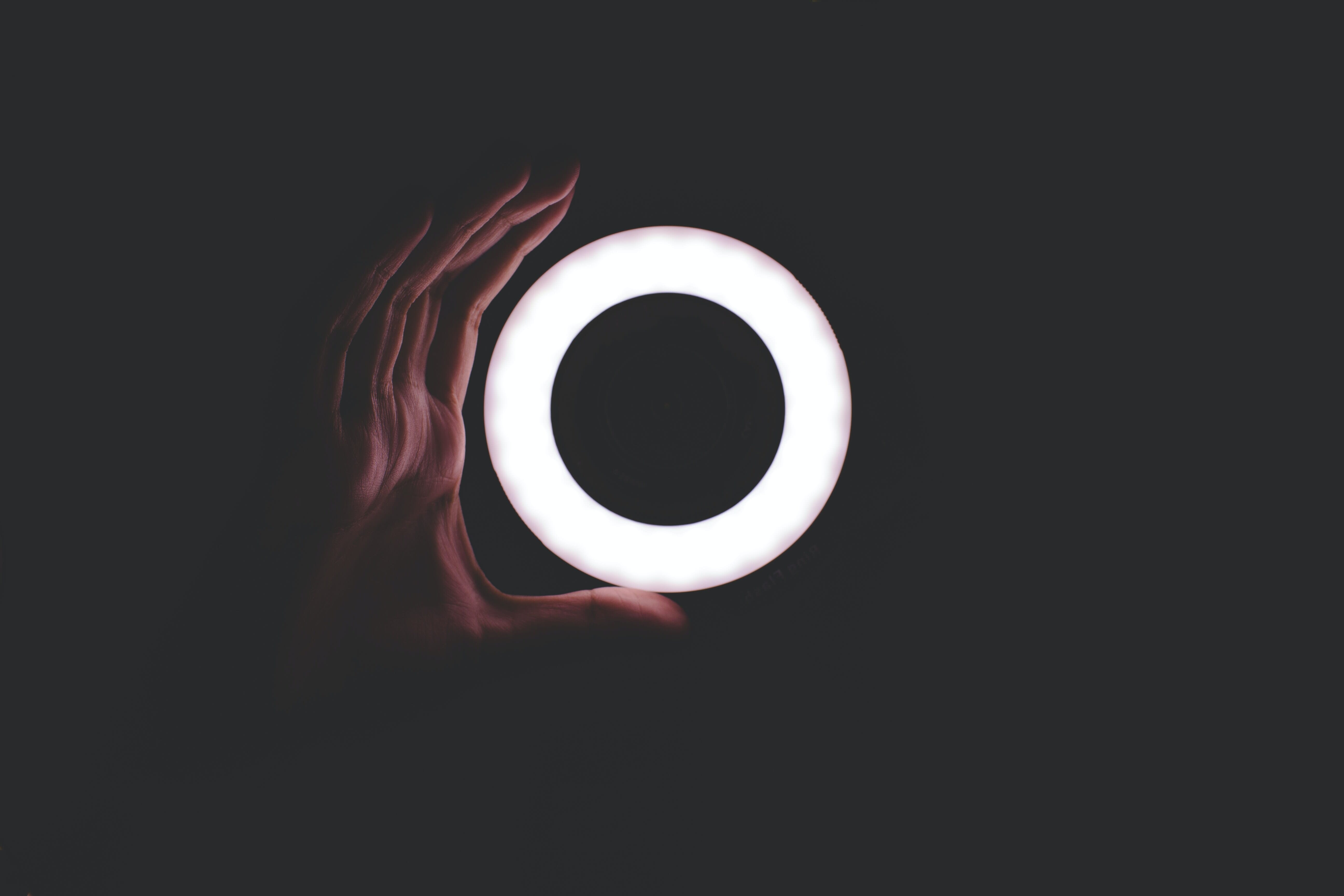
By the way, it’s worth noting that you don’t always have to work with purely natural lighting or purely artificial lighting.
Photographers sometimes use mixed lighting for the best effect, where they combine light from the sun with a flash, or light from a streetlamp with moonlight.
Key Benefits of Natural Light
Now that you know what natural light is, it’s time to talk about its strengths.
Natural light is the most common form of lighting used by photographers, for one huge reason:
Natural light is always available. It also involves zero setup, and it costs nothing.
In other words:
If you’re starting out in photography, or you’re doing photography on a budget, then natural light is an extremely convenient way of proceeding.
You can concentrate on your core gear–your camera and (possibly) lenses–and you don’t have to worry about paying for expensive artificial lighting kits.
Plus, you don’t have to worry about complex lighting setups that involve, say, three off-camera flashes and three separate flash umbrellas.
Natural light also uses a huge light source (the sun!), which is key if you want to capture images of sweeping landscapes. Even the most powerful flashes will fail to light up an entire beach scene, which means that, if you want to pursue certain genres of photography, natural light is the only way to go.
Note that natural light also allows you to photograph subjects from a distance. You don’t have to bring the light source near to your subject, which makes bird photography (where birds are liable to fly away if you try to approach them with a flash!), wildlife photography (as with birds, wildlife doesn’t respond well to a close approach!), and street photography (where you unobtrusively photograph people on the streets) clear natural light genres.
(There are some exceptions, but they’re few and far between.)
Here’s the bottom line:
Natural light is easy to use, it’s free, it’s expansive (so you can photograph large subjects, such as sweeping landscapes), and you can work with it from a distance (so that you don’t have to approach with a flash).
That said, natural light does come with some drawbacks:
Key Problems of Natural Light
Natural light just doesn’t offer much control.
If you’re using natural light, you don’t get to choose how the light will look at different points in time. Some days it’s cloudy; some days it’s sunny. Some times of the day the light is nice and golden; other times of the day the light is cold and harsh.
This can be frustrating, especially if you’re the type of photographer who needs to schedule clients throughout the day, and you can’t afford to constantly reschedule over and over again.
You also can’t manipulate natural light to achieve the lighting directions that you want. If you decide you want your subject to be backlit rather than sidelight, or lit from overhead rather than frontlight, then tough luck; you either have to move your subject (which is often impossible), or wait hours for another shot.
Which is why some photographers turn to artificial light:
Key Benefits of Artificial Light
Unlike natural light, artificial light gives you all the control you could want, assuming you’re willing to pay for it.
As long as you have mobile flashes, strobes, and the like, you can position each light source–so you’re able to achieve the precise lighting directions you want, whenever you want them.
And while artificial light sources aren’t as expansive as natural light sources, they can be very powerful. Plus, they generally allow you to adjust brightness levels while you work, in order to achieve different effects.
Artificial lights also offers another degree of control:
Over the lighting quality.
As mentioned above, if you’re a natural light photographer, you may have to reschedule photoshoots if the weather isn’t right; cloudy skies bring dim, diffused results, compared to sunny skies which offer stronger, harsher lighting.
But artificial lighting allows you to adjust the quality of the light in-studio, thanks to modifiers such as umbrellas, softboxes, and diffusers. With enough modifiers, you can create any look you desire, which makes artificial light a very flexible option.
Key Problems of Artificial Light
Artificial light offers incredible control over the direction and quality of light.
But it also comes with some serious drawbacks, which is why many photographers never bother with artificial light at all.
First, good artificial lighting costs money.
Sure, you can use do-it-yourself sources such as lamps. And, if you’re shooting outdoors, you can always work with streetlights, car headlights, and neon signs.
But these forms of light seriously limit your capabilities as an artificial light photographer, which is why more experienced artificial light shooters invest in quality light setups.
And while a good lighting setup doesn’t necessarily cost thousands of dollars, it can (depending on how sophisticated and powerful it is, and how mobile you need it to be).
Which brings me to the second issue with artificial light:
It requires a lot of know-how.
Natural light is simple, it’s easy, it’s already there for you to work with.
But if you want to use an off-camera flash, you have to figure out how to trigger it, how to position it, how to set up your camera so that you get a good exposure, how to properly modify the setup for a good result…
In other words, while you can eventually have complete control over your artificial lighting setup, it’ll be awhile before you fully understand it.
Artificial lighting can also be very cumbersome, by the way. You’ll have flashes, modifiers, and lighting stands–which is fine if you’re shooting in a fixed studio, but if you need to take your artificial lighting with you for a shoot elsewhere, you’ll run into trouble.
And, as I said previously, artificial lighting just isn’t feasible in some situations; for instance, you just can’t photograph a skyscraper with a flash, because a flash isn’t powerful enough to light the top of a building.
Make sense?
Natural vs Artificial Light: Which One Is Best?
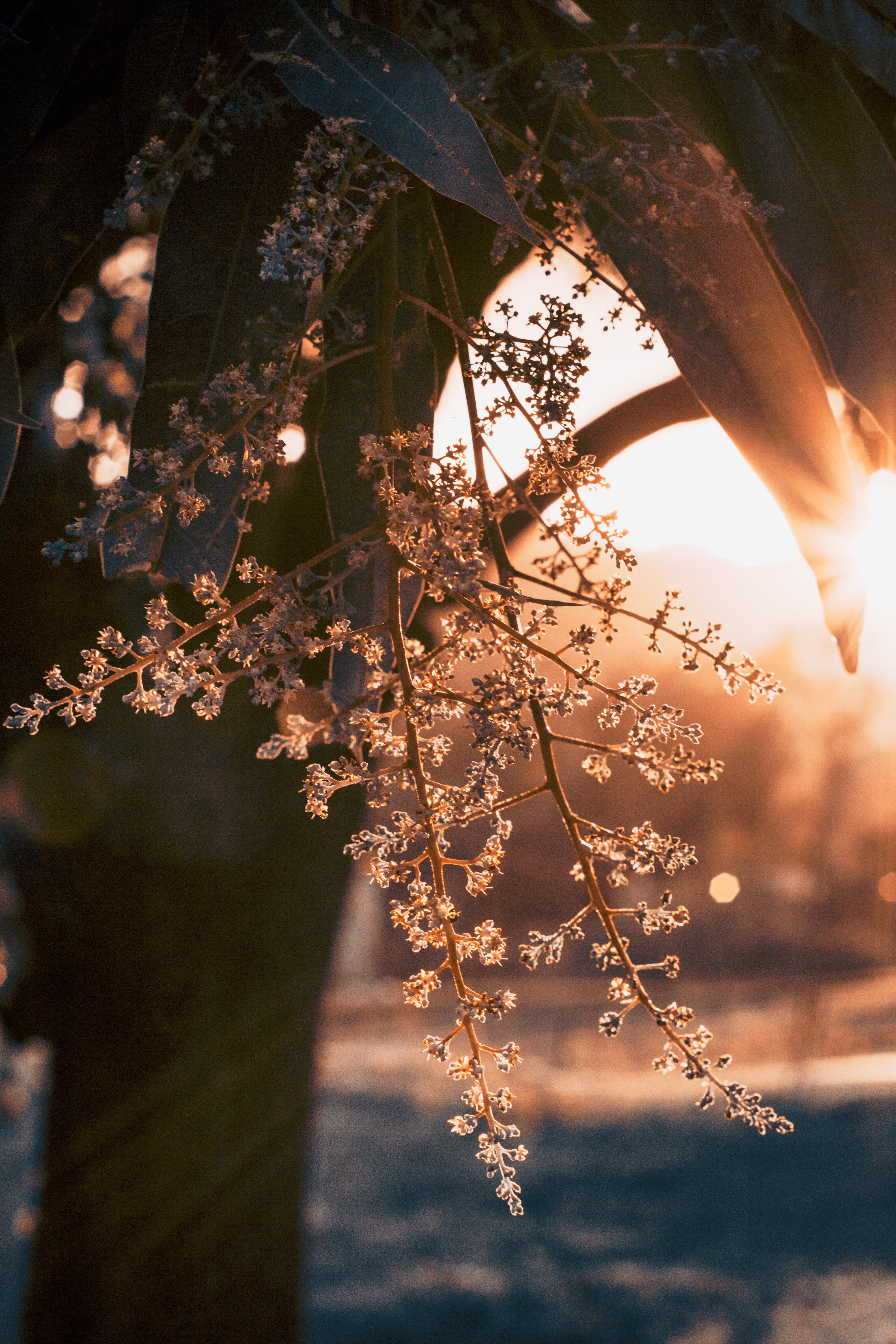
As you can now see, natural light and artificial light have different strengths and weaknesses.
There’s not really a single best form of light; instead, it all depends on your personal preferences, as well as the type of subject you’ll be shooting.
Which is why I’ve put together a list of guidelines for deciding whether you want to work with natural light vs artificial light.
You Should Choose Natural Light If…
You’re looking for an easy solution.
You don’t mind working with the weather and the clock.
You don’t have the money to splurge on studio equipment.
Your subjects aren’t very approachable.
You like to photograph sweeping scenes that cannot be covered by an artificial lighting setup.
You like to shoot on the go, traveling quickly from scene to scene without much preparation.

You Should Choose Artificial Light If…
You require complete control over your lighting.
You have a lot of money to spend on studio equipment.
You don’t mind hauling around light stands, external lights, and the like (or you plan to travel light, with only a single off-camera flash and very little modification).
You photograph easy-to-approach subjects such as posed portraits or events.
You don’t mind taking the time to learn a whole new set of skills.
You need to be able to shoot whenever you want, no matter the weather or time of day.
Natural Light vs Artificial Light: Conclusion
Now that you’ve finished this article, you should know all about natural vs artificial light–and which option makes the most sense for you.
That way, you’ll know exactly how to proceed with your own photography…
…so you can start getting stunning results, immediately!
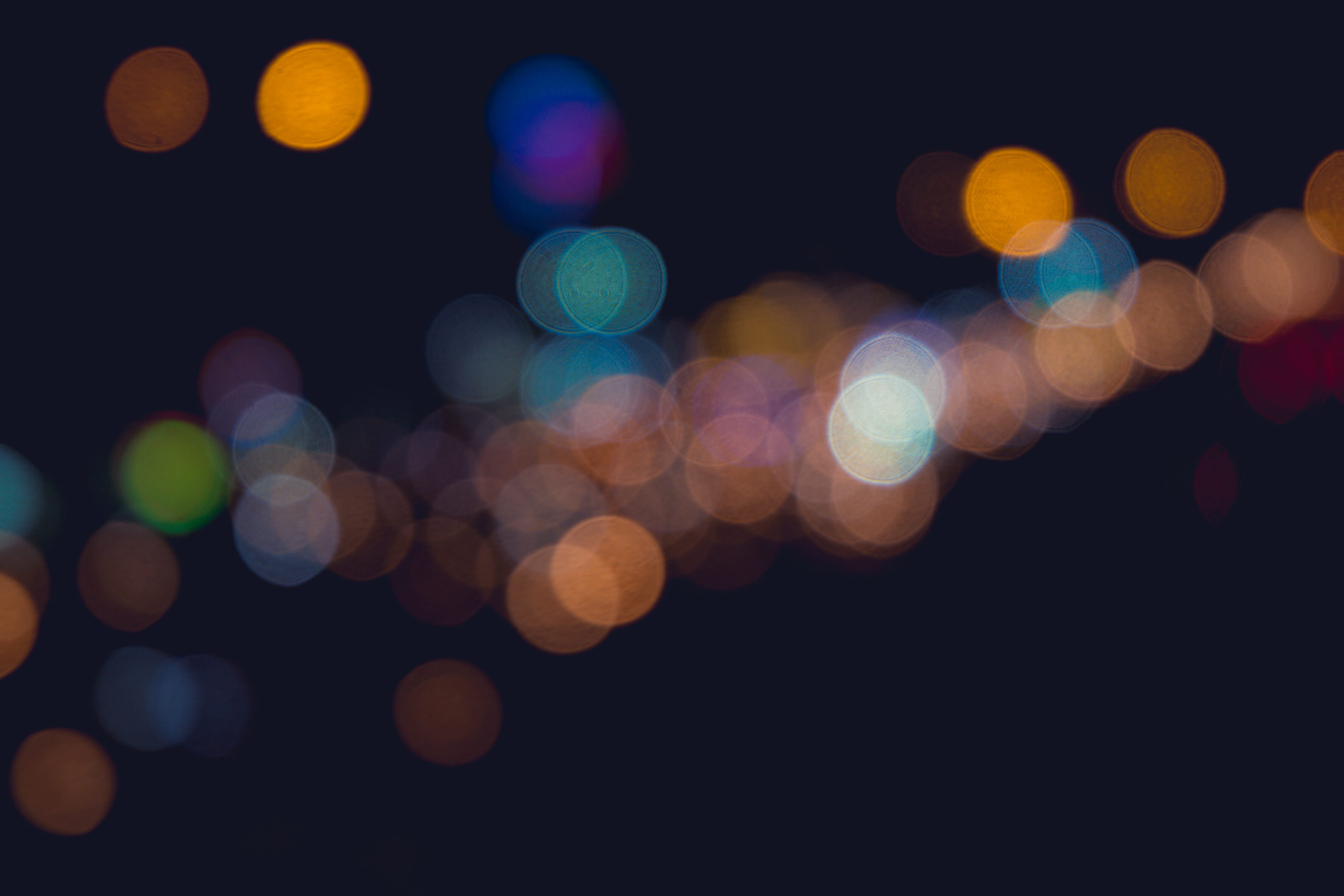
Is natural light better than artificial light?
Not necessarily. It all depends on what type of shot you want to get. Natural light is great for landscape photography, because it’s so expansive, and it’s good for wildlife photography, bird photography, architectural photography, and more. But there are times when artificial light is ideal, such as when you’re shooting products and want complete control over the way the light reflects off its edges.
Why should you use natural light?
Natural light is very convenient, because it doesn’t cost anything and you have access to it wherever you go. It’s also very large in its reach, so if you want to shoot landscapes, you’ll need at least some natural light to work with.
What types of photographers use artificial light?
Artificial light is very popular in specific genres of photography, such as portrait photography (where you’re often working with subjects in a studio), product photography (which, again, happens in a studio), and still life photography. You’ll also find photographers using a mixed light setup (with both natural and artificial light) in event photography, as well as some forms of wildlife photography and landscape photography.
